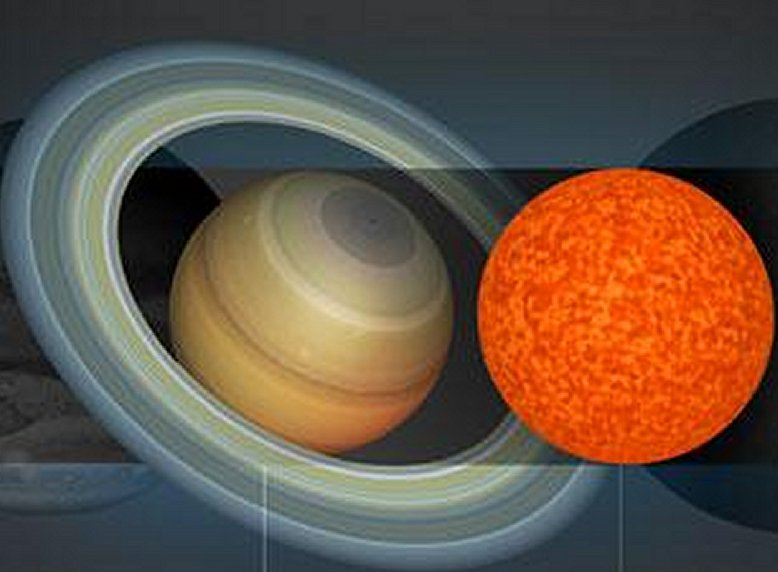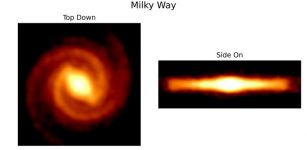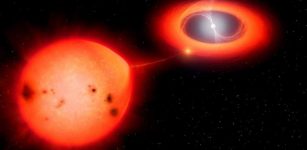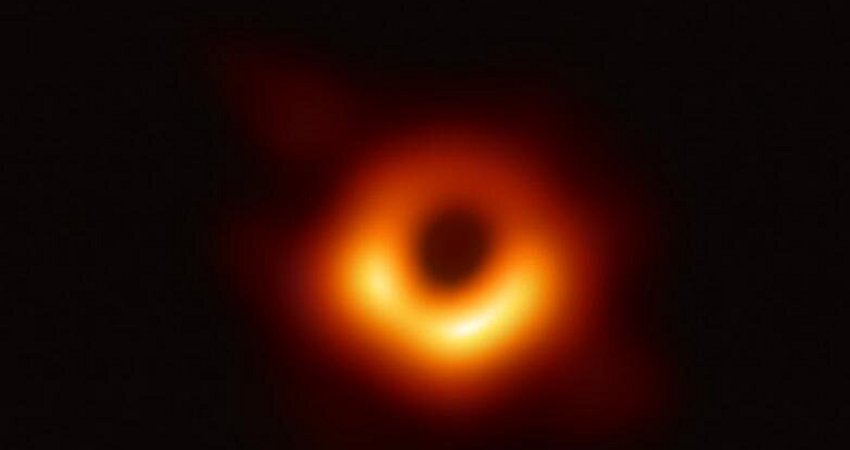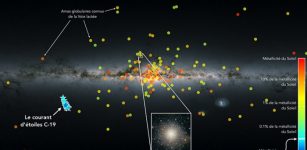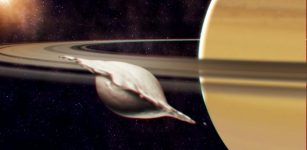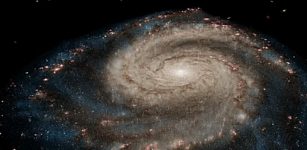New Star EBLM J0555-57Ab Is Slightly Bigger Than Planet Saturn – New Discovery
MessageToEagle.com – A star about the size of Saturn has been discovered by astronomers. The smallest star yet measured has been named EBLM J0555-57Ab, and is located approximately 600 light years away from Earth.
This discovery helps us imagine how small stars can be.
With a size just slightly larger than that of Saturn, the gravitational pull at its stellar surface is about 300 times stronger than what humans feel on Earth, according to a team astronomers led by the University of Cambridge.
“Our discovery reveals how small stars can be,” said Alexander Boetticher, the lead author of the study, and a Master’s student at Cambridge’s Cavendish Laboratory and Institute of Astronomy.
“Had this star formed with only a slightly lower mass, the fusion reaction of hydrogen in its core could not be sustained, and the star would instead have transformed into a brown dwarf.”
EBLM J0555-57Ab is part of a binary system, and was identified by WASP, a planet-finding experiment run by the Universities of Keele, Warwick, Leicester and St Andrews, as it passed in front of its much larger star companion, forming what is called an eclipsing stellar binary system.
The mass of EBLM J0555-57Ab was established via the Doppler, wobble method, using data from the CORALIE spectrograph.
“This star is smaller, and likely colder than many of the gas giant exoplanets that have so far been identified,” said von Boetticher. While a fascinating feature of stellar physics, it is often harder to measure the size of such dim low-mass stars than for many of the larger planets.
“Thankfully, we can find these small stars with planet-hunting equipment, when they orbit a larger host star in a binary system. It might sound incredible, but finding a star can at times be harder than finding a planet.”
This newly-measured star has a mass comparable to the current estimate for TRAPPIST-1, but has a radius that is nearly 30% smaller.
Research is published in the journal Astronomy & Astrophysics. (arXiv:1706.08781)
MessageToEagle.com
Expand for references
